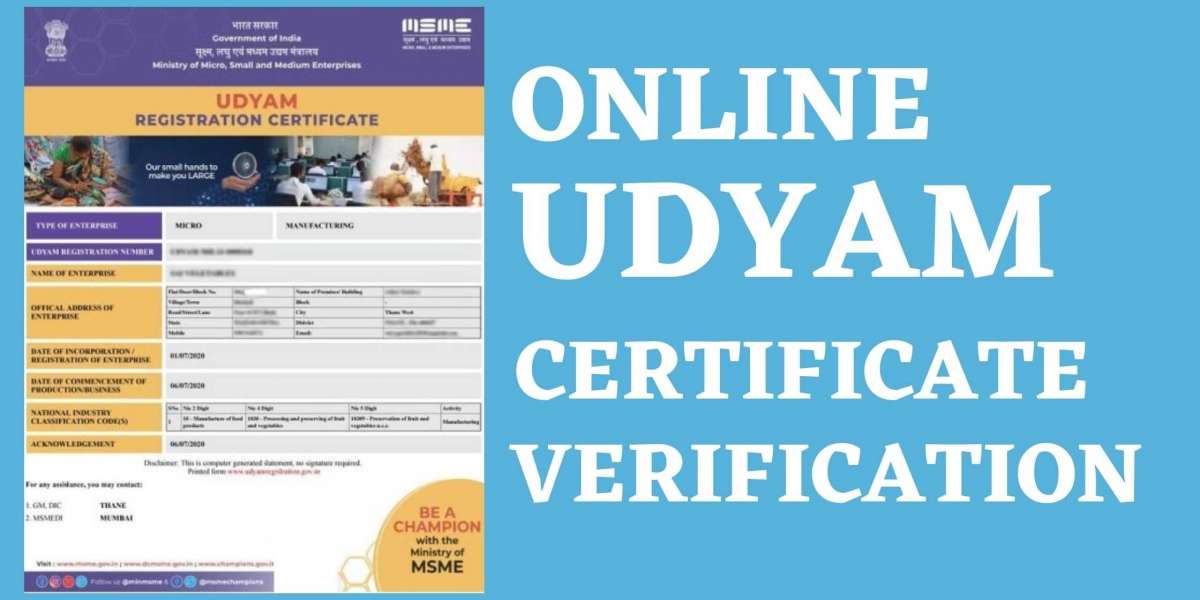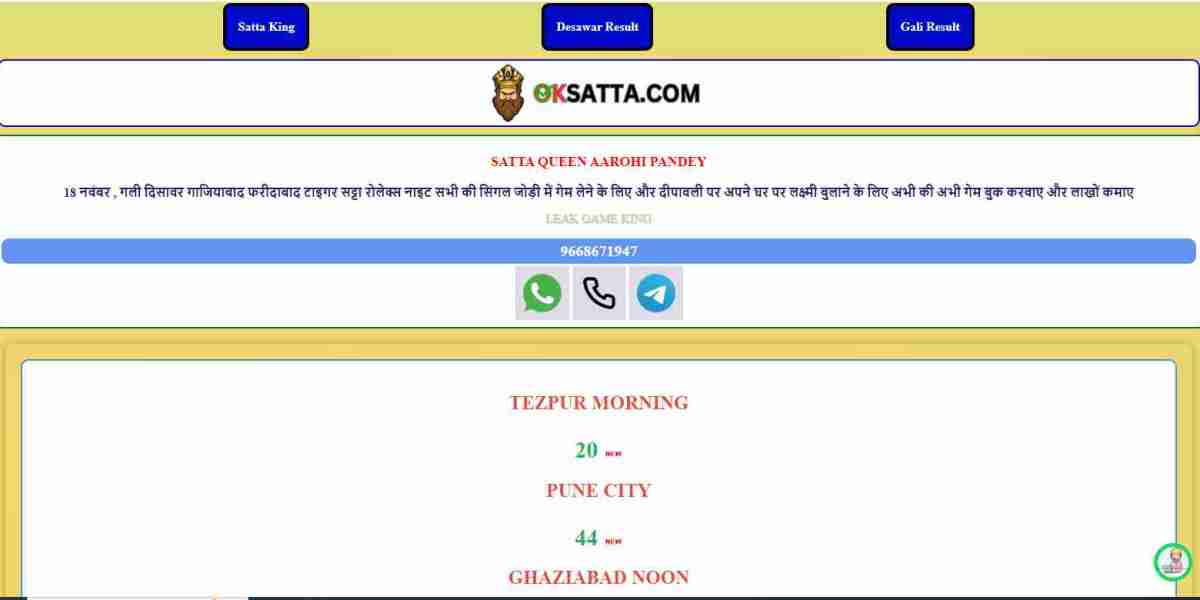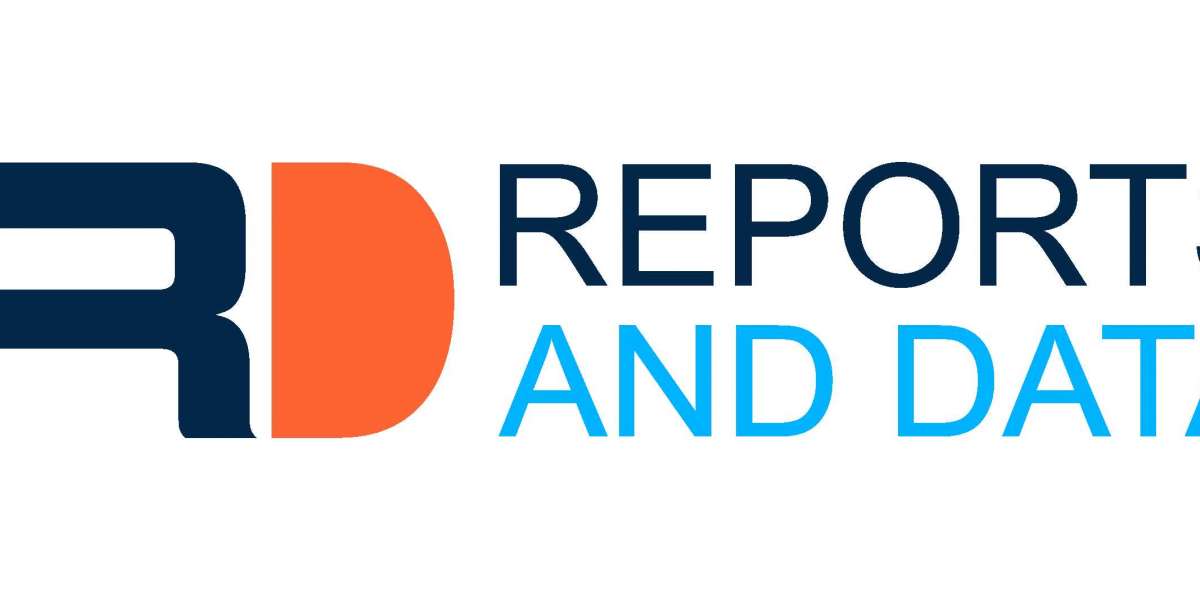Udyam Verification Online
In the dynamic landscape of Indian business, the Udyam Verification process is a crucial step for micro, small, and medium enterprises (MSMEs). It enables them to avail of various benefits and opportunities offered by the government. With the advent of technology, the Udyam Verification process has become simpler and more accessible than ever before. In this article, we'll explore how to navigate the Udyam Verification process online and how Udyam Verification APIs are transforming the way businesses verify their Udyam registration.
Understanding Udyam Verification
Udyam Registration, formerly known as Udyog Aadhar, is a government initiative aimed at promoting and supporting MSMEs in India. It provides businesses with a unique 12-digit identification number and a host of benefits, including priority lending, subsidies, and access to government schemes. However, to unlock these benefits, businesses need to complete the Udyam Verification process.
Navigating the Udyam Verification Process Online
Visit the Udyam Registration Portal: To begin the Udyam Verification process, visit the official Udyam Registration portal (https://udyamregistration.gov.in/). It's essential to ensure that you are on the official website to avoid any scams or fraudulent activities.
Enter Your Udyam Registration Number: If you have already obtained your Udyam Registration Number, enter it on the portal. If you haven't registered your business yet, you can initiate the registration process from the same portal.
Verification through OTP: Once you enter your Udyam Registration Number, you will receive an OTP (One-Time Password) on your registered mobile number and email address. This OTP is a security measure to ensure the authenticity of the applicant.
Verification of Details: After entering the OTP, you will be required to verify and update your business details, if necessary. Ensure that all the information provided is accurate and up-to-date.
Self Declaration: In this step, you will need to provide a self-declaration stating that the information provided is true and accurate to the best of your knowledge. It's crucial to be honest in this declaration, as any false information can lead to legal consequences.
Final Submission: Review all the information you have provided and make any necessary corrections. Once you are satisfied with the details, submit your application.
Verification Process: After submission, your application will go through a verification process. This may take a few working days, during which your application will be scrutinized by the concerned authorities.
Download Udyam Certificate: Once your application is approved, you can download your Udyam Certificate from the portal. This certificate is proof of your Udyam Registration and should be kept safely.
The Role of Udyam Verification APIs
Udyam Verification API hasrevolutionized the Udyam Verification process by making it faster, more efficient, and user-friendly. These Application Programming Interfaces (APIs) allow businesses to integrate the Udyam Verification process into their existing systems and applications. Here's how Udyam Verification APIs help in the process:
Automation: Udyam Verification APIs enable businesses to automate the verification process. This means that once integrated, the API can handle the verification steps, including sending OTPs and verifying details, without manual intervention. This saves time and reduces the risk of errors.
Real-time Verification: With Udyam Verification APIs, businesses can verify their Udyam Registration status in real-time. This is particularly beneficial when applying for government tenders or loans, where quick verification is essential.
Enhanced Security: These APIs are designed with robust security measures to protect sensitive business information. They use encryption and authentication protocols to ensure data security during the verification process.
Seamless Integration: Udyam Verification APIs are designed to be easily integrated into various applications and systems. This means that businesses can incorporate Udyam Verification into their existing workflow without major disruptions.
Improved Accessibility: API integration allows businesses to access Udyam Verification services from their preferred platforms, whether it's their website, mobile app, or other software systems.
Reduced Manual Effort: Integrating Udyam Verification APIs reduces the need for manual data entry and verification, reducing the risk of human errors and streamlining the process.
Conclusion
Udyam Verification is a crucial step for Indian MSMEs to access government benefits and opportunities. Navigating the Udyam Verification process online has become more accessible and convenient, thanks to the official portal. Additionally, the integration of Udyam Verification APIs has further simplified the process, making it faster, more secure, and efficient for businesses. As the government continues to promote digitalization and ease of doing business, leveraging technology like Udyam Verification APIs is a smart move for MSMEs looking to thrive in the competitive Indian market








